
Copernical Team
How scientists analyzed the aerodynamic characteristics of the Tianwen-1 Mars parachute
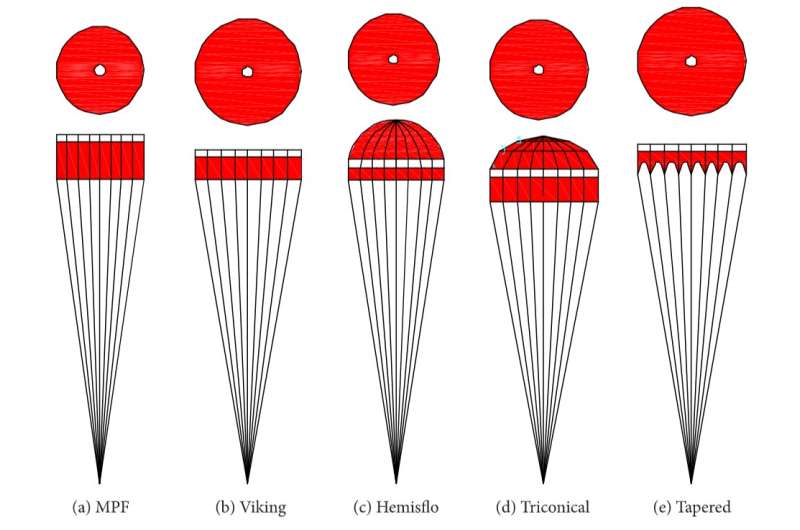
3D-printed bone for emergency medicine in space

This artificial bone sample is an early step towards making 3D bioprinting a practical tool for emergency medicine in space. An ESA R&D effort aims to develop bioprinting techniques capable of giving astronauts on an extended mission ready access to the "spare parts" needed for bone or skin grafts, and even complete internal organs.
3D bioprinting may soon be practical on Earth, and could help meet the challenging conditions of spaceflight. Astronauts in zero or low gravity lose bone density, for example, so fractures may be more likely in orbit or on Mars.
Or, treating a burn often involves a graft of skin taken from a patient's body—manageable on Earth with full hospital care but more risky in space, as the secondary damage may not heal easily.
Skin or bone can be bioprinted using a nutrient-rich "bio-ink" of human blood plasma, available from the astronauts themselves. By working upside down—in "minus 1g" gravity—the team has shown they can probably do it in space.
This bone sample is part of the first selection of items on the 99 Objects of ESA ESTEC website, a set of intriguing, often surprising artifacts helping tell the story of more than half a century of activity at ESA's technical heart.
Giant space telescopes could be made out of liquid
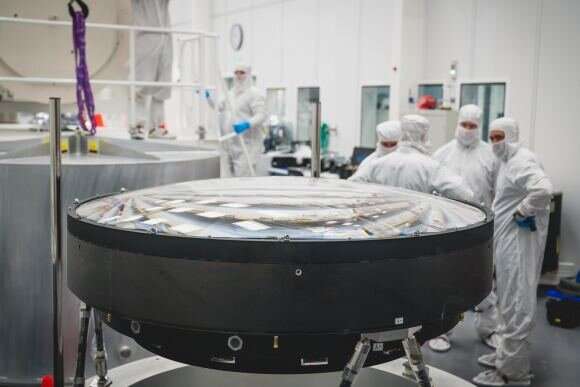
The Hubble space telescope has a primary mirror of 2.4 meters. The Nancy Grace Roman telescope also has a mirror measuring 2.4 meters, and the James Webb Space Telescope has a whopping 6.5 meter primary mirror. They get the job done that they were designed to do, but what if… we could have even bigger mirrors?
The larger the mirror, the more light is collected. This means that we can see farther back in time with bigger mirrors to observe star and galaxy formation, image exoplanets directly, and work out just what dark matter is.
But the process for creating a mirror is involved and takes time. There is casting the mirror blank to get the basic shape. Then you have to toughen the glass by heating and slow cooling. Grinding the glass down and polishing it into its perfect shape comes next followed by testing and coating the lens.
Q&A with ESA astronaut Samantha Cristoforetti
 Video:
01:26:47
Video:
01:26:47
Watch the replay of our live Q&A media session (In English and Italian) with ESA astronaut Samantha Cristoforetti.
Samantha is scheduled to be launched to the International Space Station from NASA’s Kennedy Space Centre in Florida, USA, no earlier than 21 April 2022. She will fly to the Station as a Mission Specialist aboard a SpaceX Crew Dragon spacecraft alongside NASA astronauts Kjell Lindgren, Bob Hines and Jessica Watkins.
Upon arrival at the orbital outpost her ESA mission ‘Minerva’ will officially begin. This is the second space mission for Samantha and will see her support over 35 European and
NASA scientific balloon will take student payloads to stratosphere
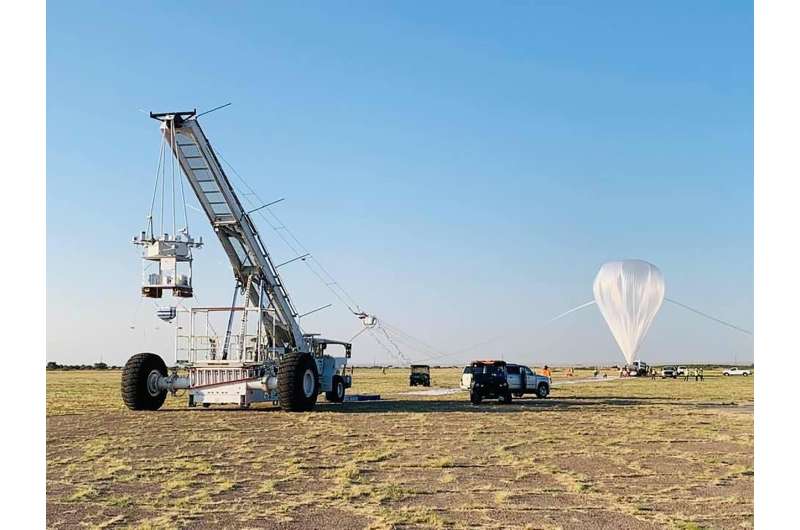
NASA has selected nine student teams to launch scientific payloads on a NASA heavy-lift balloon for the 16th High-Altitude Student Platform (HASP) mission flying during the fall 2022 campaign in Fort Sumner, New Mexico.
HASP, which is led by the Louisiana State University's Department for Physics, is a joint project between NASA's Wallops Flight Facility Balloon Program Office in Virginia, NASA's Science Mission Directorate, the Louisiana Space Grant Consortium in Baton Rouge, and NASA's Columbia Scientific Balloon Facility in Palestine, Texas.
"HASP provides higher education students with an authentic NASA experience to build a science payload, launch it, and analyze the data," said Joyce L. Winterton, Wallops senior advisor for education and leadership development. "It encourages students to pursue STEM careers and become part of the future NASA workforce.
Axiom launch: Why commercial space travel could be another giant leap for air pollution
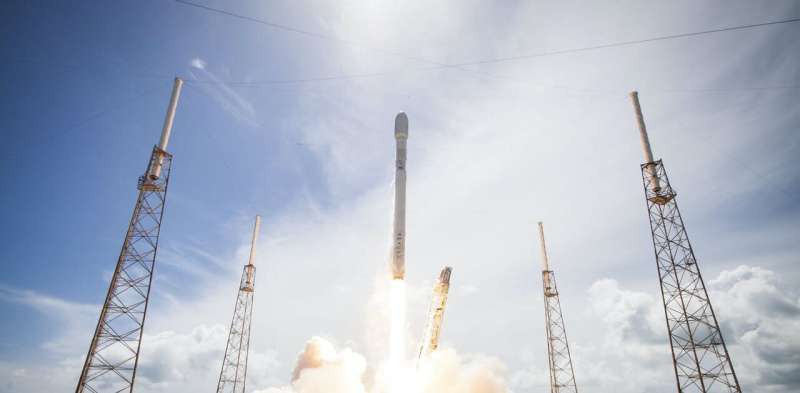
The Axiom-1 mission to send four private astronauts to the International Space Station is the first of many missions planned by NASA to expand the ISS for commercial use as part of what's being called the low-Earth orbit economy.
The commander of the Axiom-1 mission has emphatically stated that this is not an example of space tourism, as the crew have undergone training and the mission includes plans to conduct biomedical research.
Crew members—all men aged 52 to 71—reportedly paid a whopping US$55 million (£42.3 million) per ticket, an amount that would no doubt fund a formidable biomedical research program here on Earth. But beyond the ludicrous ticket price, I'm concerned about the potential environmental impacts of such space jaunts.
Webb’s instruments: meet MIRI
 Video:
00:01:00
Video:
00:01:00
The James Webb Space Telescope will explore the infrared Universe.
It will use four cutting-edge instruments, including the Mid-InfraRed Instrument. MIRI is one of Europe's contributions to the James Webb Space Telescope.
MIRI supports all of Webb’s science goals. It will image the Universe, study planets around our own and other stars and investigate stars and galaxies across cosmic history.
The instsrument will be kept extra cold by its very own ‘cryocooler’. This stops heat from Webb disrupting MIRI’s detectors, so the sensitive instrument can see mid-infrared light.
Webb is an international partnership between NASA, ESA and CSA
Learn more
Dwindling water levels of Lake Powell seen from space
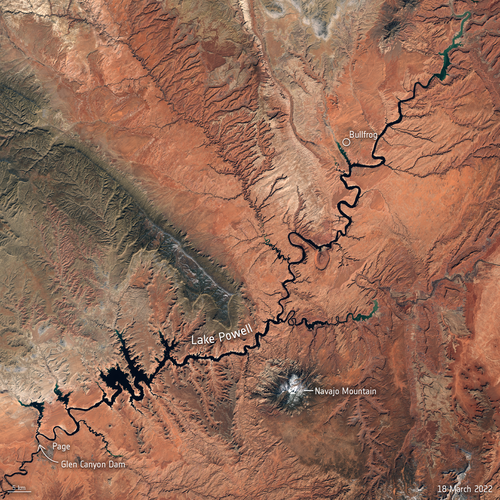
After decades of drought, water levels in Lake Powell, the second-largest humanmade reservoir in the United States, have shrunk to its lowest level since it was created more than 50 years ago, threatening millions of people who rely on its water supply. Satellite images allow us to take a closer look at the dwindling water levels of the lake amidst the climate crisis.
The hunt for the gravitational wave background
 Coalescing supermassive black holes in the centers of merging galaxies fill the universe with low-frequency gravitational waves. Astronomers have been searching for these waves by using large radio telescopes to look for the subtle effect these spacetime ripples have on radio waves emitted by pulsars within our Galaxy.
Now, an international team of scientists has shown that the high-energy
Coalescing supermassive black holes in the centers of merging galaxies fill the universe with low-frequency gravitational waves. Astronomers have been searching for these waves by using large radio telescopes to look for the subtle effect these spacetime ripples have on radio waves emitted by pulsars within our Galaxy.
Now, an international team of scientists has shown that the high-energy CACI completes review for planned 2023 satellite launch
 CACI International Inc (NYSE: CACI) has completed the Critical Design Review (CDR) for its demonstration small satellite program (DemoSat) launch scheduled for early 2023, which is slated to deliver two mission payloads to low earth orbit. CACI and its partner, York Space Systems - a specialized manufacturer of spacecraft and space collection solutions - will demonstrate alternative positioning,
CACI International Inc (NYSE: CACI) has completed the Critical Design Review (CDR) for its demonstration small satellite program (DemoSat) launch scheduled for early 2023, which is slated to deliver two mission payloads to low earth orbit. CACI and its partner, York Space Systems - a specialized manufacturer of spacecraft and space collection solutions - will demonstrate alternative positioning, 